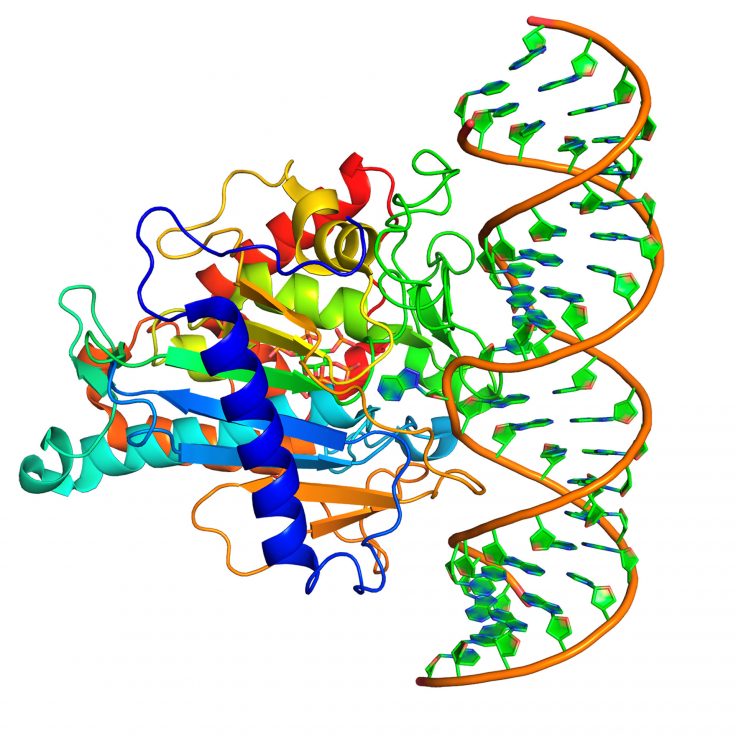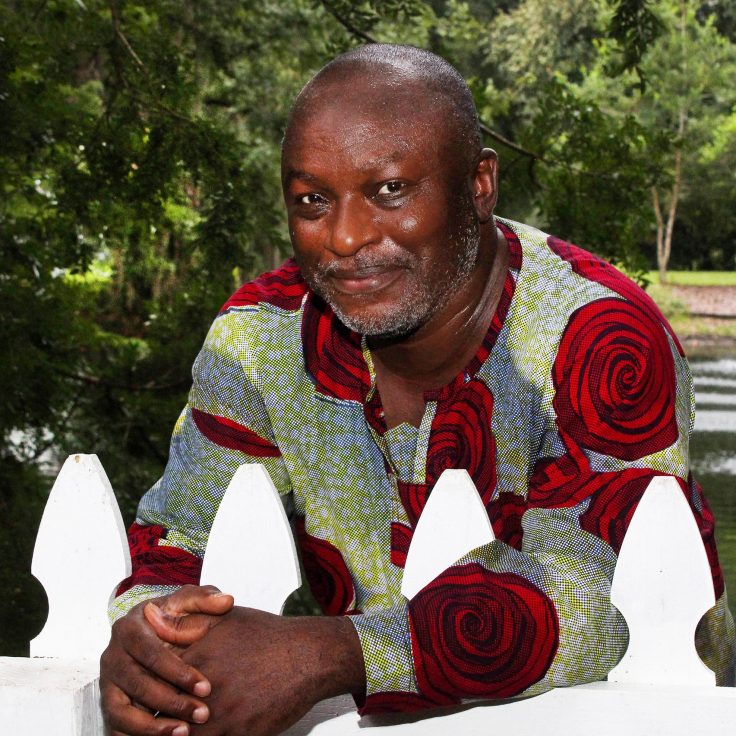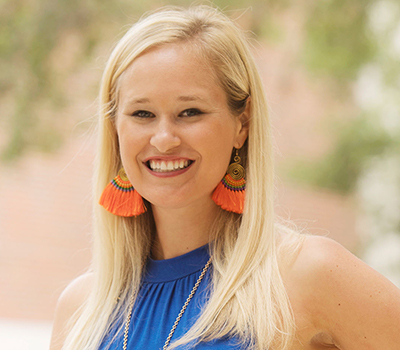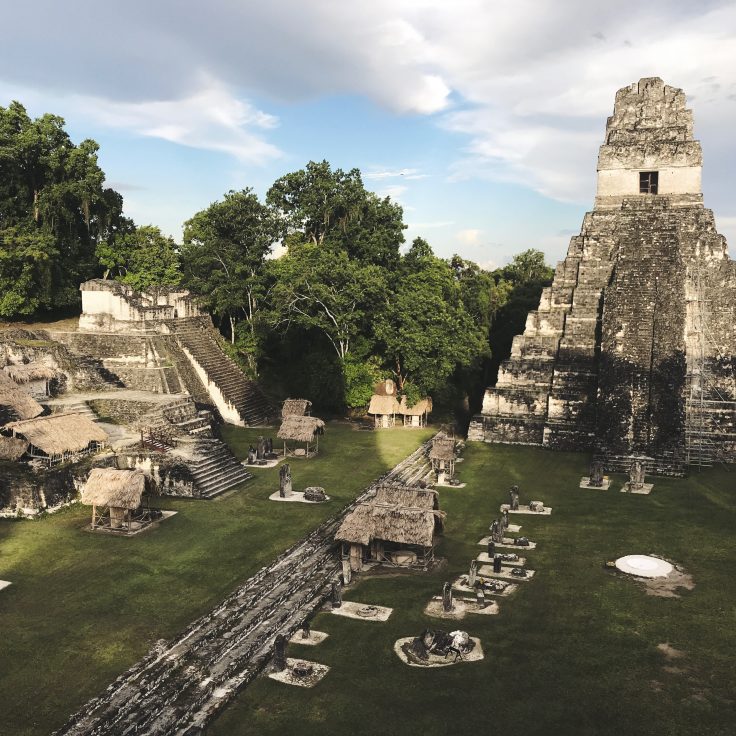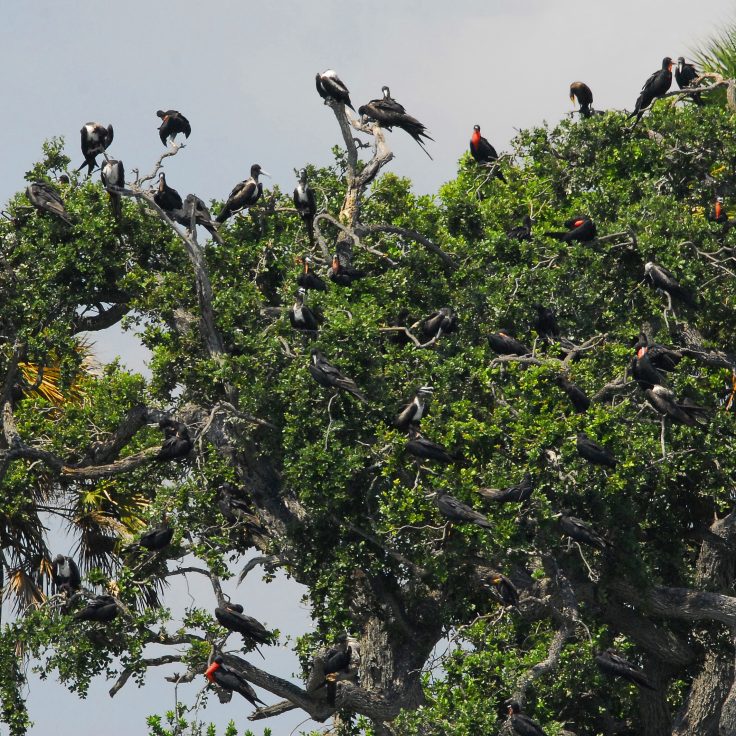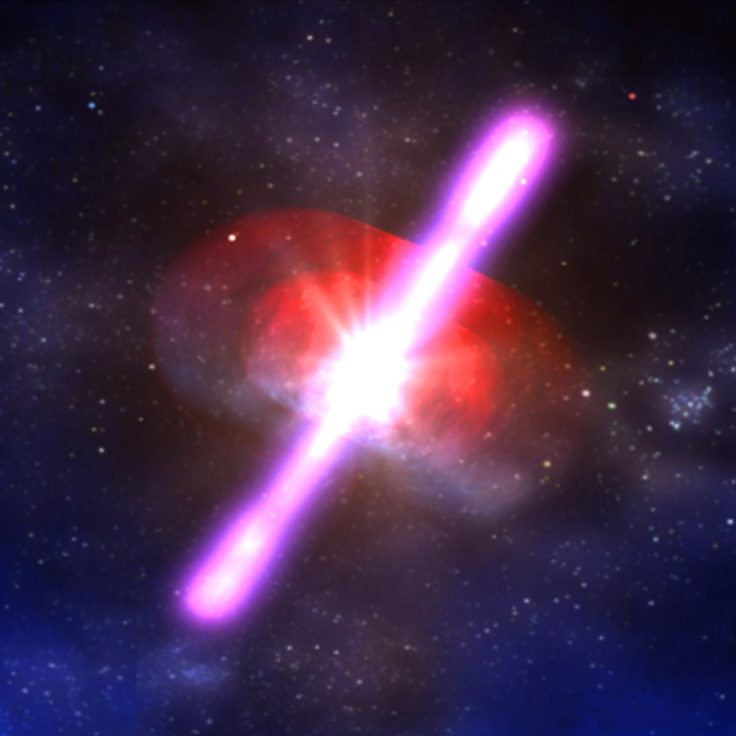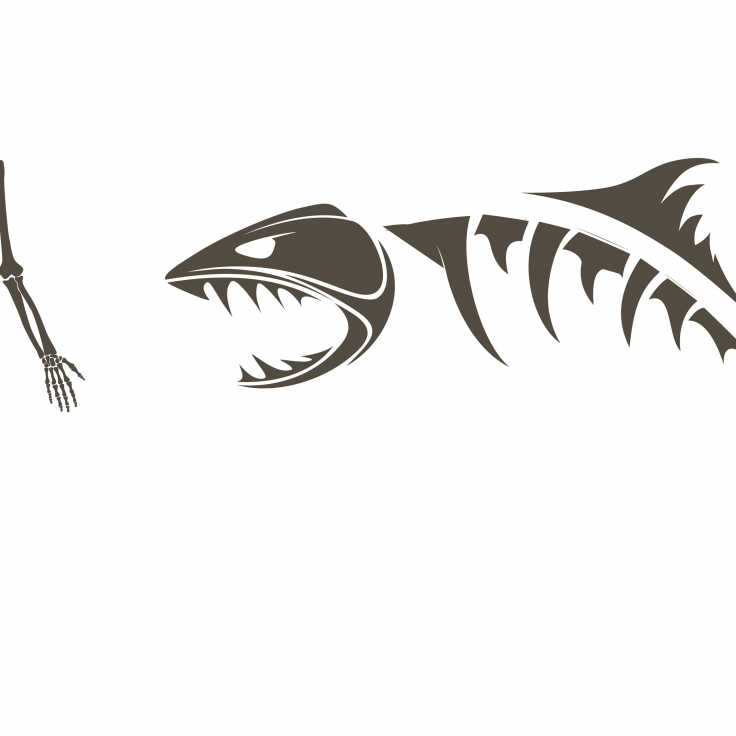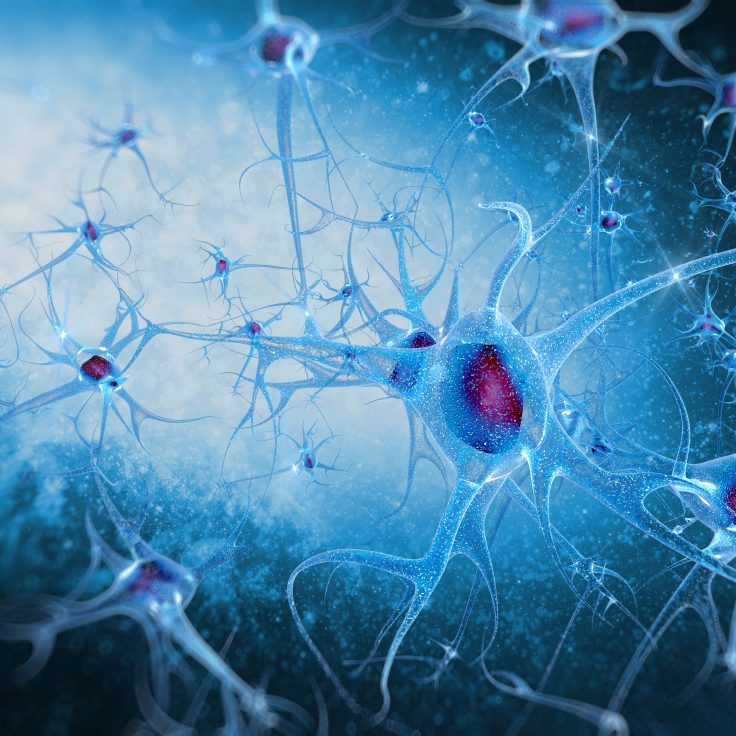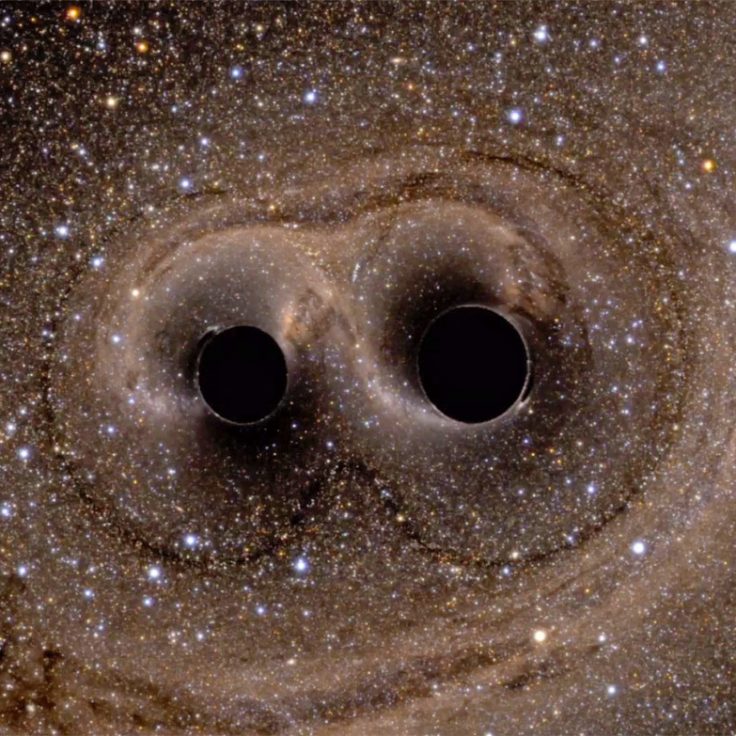News
Corrupting the Immune System
New research from members of the Department of Biology at UF could help us to better understand Zika.
Renowned Author Joins UF
Get to know Assistant Professor of English and author Uwem Akpan.
Stand Up and Holler
UF's campus-wide fundraising event raised over $12 million thanks to dedicated donors and alumni.
Civil Rights Bootcamp
The Samuel Proctor Oral History Program hosted visiting West Point cadets for a crash course in racial equality, led by civil rights movement veterans and activists.
The Next Generation
Alum shares where her love of geology came from and how she's worked to spread the Gator Nation.
Ancient Mayan deforestation had long-term effects on watershed carbon cycles
Researchers: Mark Brenner, brenner@ufl.edu, 352-392-7226, Jason Curtis, curtisj@ufl.edu PIO: Rachel Wayne, 352-872-2620 The lowlands of Mexico and Guatemala experienced widespread deforestation by the Maya beginning about 4,000 years ago. The region has never fully recovered. Ancient Maya environmental impact provides a case study for the long-term effects of deforestation, and according to a new Nature […]
The Starving Snakes of Seahorse Key
Mysteriously vanished waterbirds. Cannibalistic snakes. An island with no freshwater except for rainfall. It may sound like a Crichton novel or SyFy original movie, but it’s the reality of Seahorse Key, part of the Gulf Coast Cedar Keys that University of Florida biologists have been researching since the 1930s, when the renowned late zoologist Archie Carr first began studying the unusually large cottonmouth population there.
Solving Cosmic Puzzles
Neutron stars are dead stars collapsed into the densest form of matter known to humans, with a teaspoon of neutron star matter weighing a billion tons, and their collision creates a swath of galactic debris. Decades ago, stargazing scientists formed plans to detect signals from this debris. Now, in the new era of aptly named “multi-messenger astronomy,” two international projects have achieved this goal: On August 17 of this year, the Laser Interferometer Gravitational-Wave Observatory (LIGO)’s two U.S.-based interferometers and the Virgo Collaboration’s Italy-based interferometer detected for the first time gravitational waves — ripples in space-time traveling at the speed of light — from the collision and subsequent merger of two neutron stars. The detection occurred just three days after yet another “chirp” from colliding black holes.
Bones Got Bite
Anthropological analysis of shark bites provides a new standard for forensic science.
A Route to Recovery
UF psychologist Lori Knackstedt studies an antibiotic that may cure cocaine addiction. Lori Knackstedt, professor of psychology, is seven years deep into research that’s yielded some surprising results: in cocaine-addicted rats, an antibiotic reduces their drug-seeking behavior and may prevent relapse. The drug Ceftriaxone appears to increase reuptake of glutamate, a neurotransmitter that regulates dopamine, […]
From K–T to Kermit
Among UF’s renowned team of extinction experts is David Blackburn, whose appreciation for frogs has led to his work on a groundbreaking new study. A paper published in July in the Proceedings of the National Academy of Sciences shows that although frogs have been around for longer than dinosaurs, most of the world’s 6,700-plus living species of frogs evolved after a mass extinction 66 million years ago made way for new biodiversity.
Third Time’s a Charm
LIGO detects third set of gravitational waves from colliding black holes. UF physicists have played a key role in these detections.
